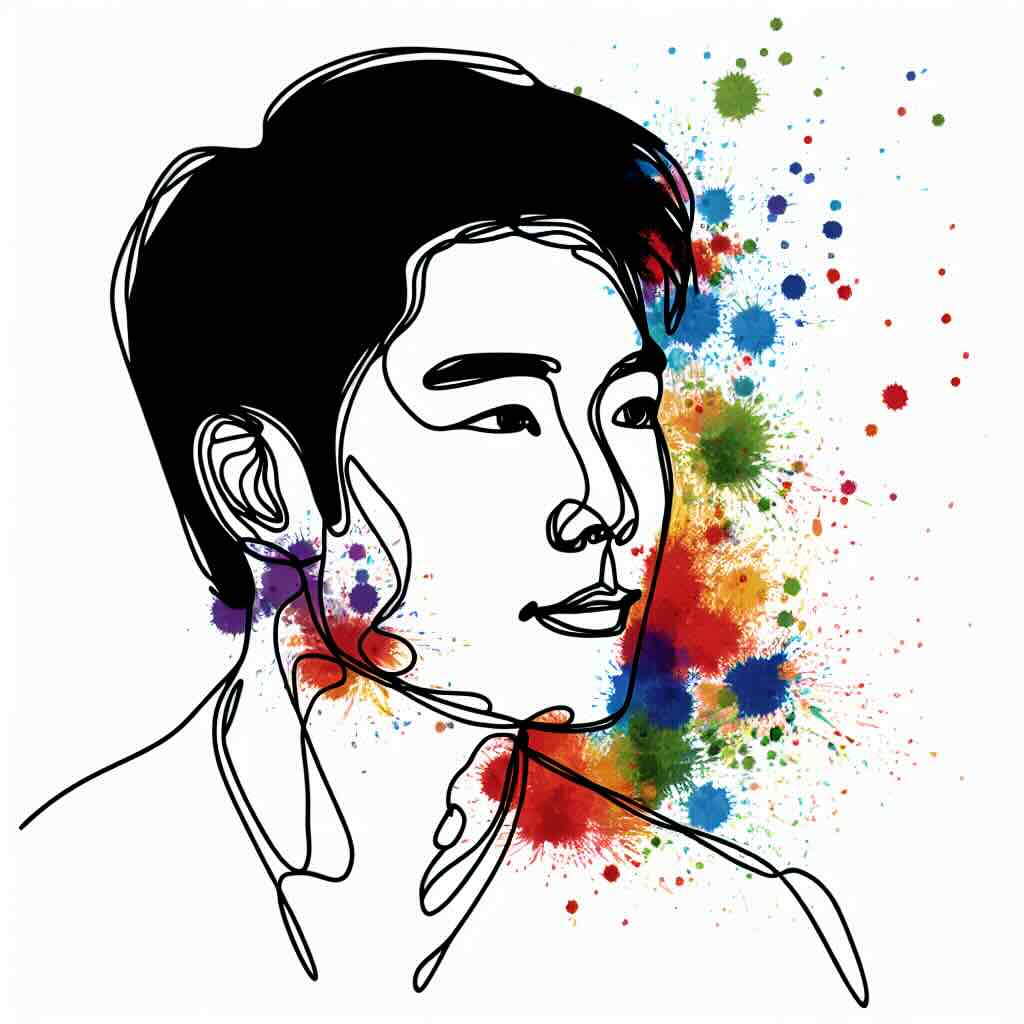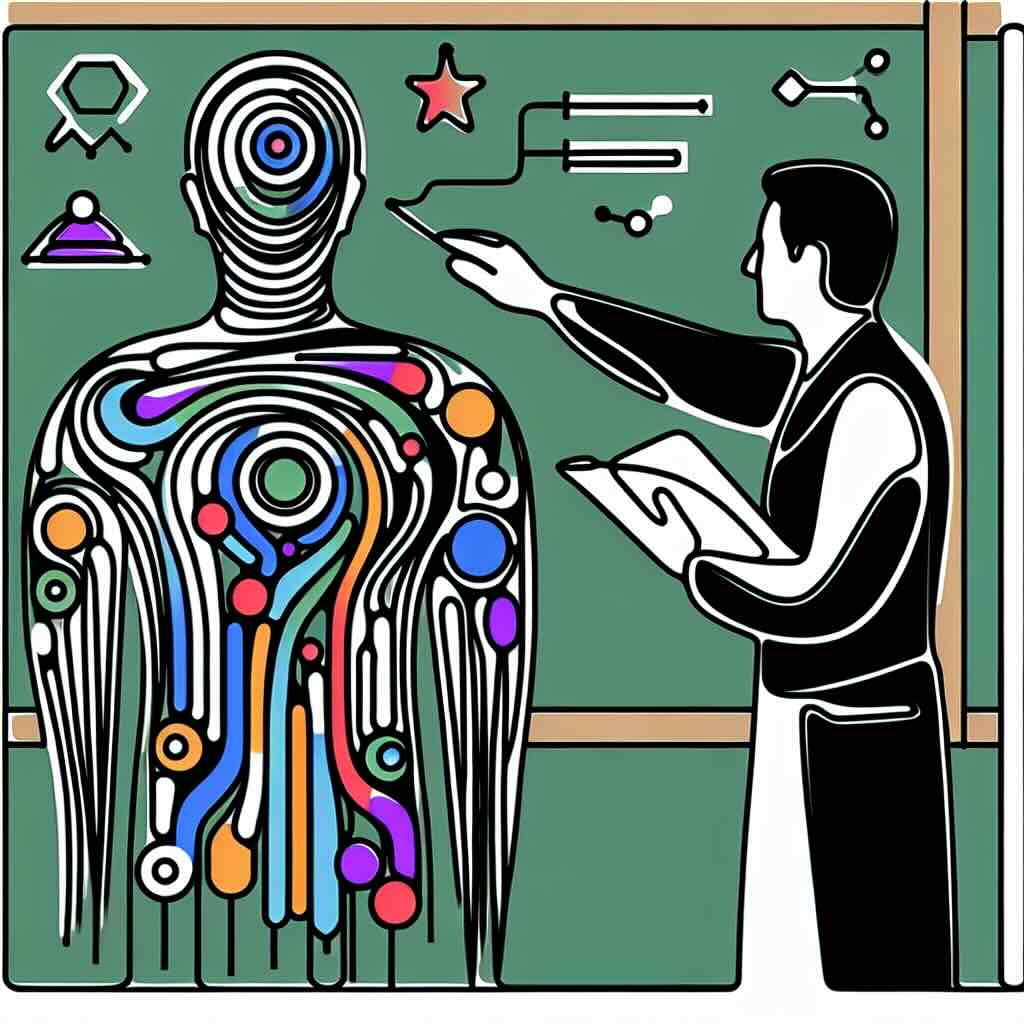A learning designer can be misunderstood as a single vacuum-packed item, which is the last thing you are!
Becoming an accidental learning designer can feel overwhelming, but it’s also an opportunity to grow into a vital, creative role. By collaborating with others, embracing unfamiliar territory, and staying curious through communities and professional development, you’ll build confidence and expertise over time. Most importantly, you’ll develop empathy for learners - something that will strengthen you, and every future project.
Table of contents
- How does someone become a learning designer, by accident?
- How it all starts
- What makes being a learning designer daunting?
- What helps new learning designers?
- How to Create, iterate and learn
- The importance of empathy for learners
- Learning design is a team activity
- Advice for accidental learning designers
- Connect with communities
- Stay curious and keep learning
- One thing to try today
- Summary
- Related topics
How does someone become a learning designer, by accident?
Not every learning designer sets out to become one. In fact, many educators, technologists, and support staff find themselves unexpectedly stepping into the role. One day you're tasked with redesigning content, improving student experience, rolling out a new course or part of launching a new learning platform. Then a few months, or more, have passed and you find yourself with the title of Learning (or Instructional) Designer. Now you're in a role that can feel overwhelming at times, especially if you’re unsure of what the job really entails. But becoming an learning designer, however it happes, can be one of the most rewarding professional journeys you’ll take.
How it all starts
You might start by being asked to “tidy up” a course, add interactivity to an online module, or support a colleague with moving content online. Before you know it, you're exploring teaching approaches, aligning learning outcomes, redesigning assessments and trying to work out which learning theories actually matter in practice. Sound familiar? That’s just the beginning of your learning design journey.
What makes being a learning designer daunting?
Learning design can feel like you need to become an expert in everything, overnight! Pedagogy, user experience, accessibility, digital tools, academic integrity, evaluation, assessment, the list goes on. There’s pressure to create polished, measurable, engaging learning content while working with subject experts in fields you may know little about. It's easy to feel imposter syndrome creeping in, especially when juggling competing demands and with little formal training.
What helps new learning designers?
The most important thing you can do? Don’t go it alone. Lean into the skills of others and collaborate within your team. Tap into the expertise around you. Share drafts early, get feedback often, form 'critical deep dive' sessions, and develop shared processes that give structure to the work. Working together helps make the messy bits manageable - and means you learn quicker, together.
How to create, iterate and learn
One of the best ways to build your confidence as a learning designer is to start collecting your work, experience and developments into a collection or portfolio. It doesn’t have to be super fancy. Save examples of course maps, storyboards, feedback summaries, and finished content. Reflect personally on what worked and what didn’t - a valuable experience in itself. These snapshots not only help you improve, they also become powerful tools for your own development and professional conversations.
The importance of empathy for learners
Challenging projects often bring the biggest rewards. When you're working in unfamiliar domains, with new tools or withnew teaching methods, it forces you to think like a learner. That kind of empathy helps you design better experiences, not just for learners, but for subject experts or educators as well.
Learning design is a team activity
At its core, learning design isn’t about being the expert in everything. It’s about drawing on the right expertise at the right time. That means understanding the role of the educator or subject expert, creating space for their knowledge to come alive, and helping them shape learning experiences that resonate. It’s also about being part facilitator, part problem-solver, part translator between pedagogy and practice. You'll wear many hats, and each of these will develop and become refined over time.
Advice for accidental learning designers
- Accept that you’re learning too. Nobody knows everything, and that’s OK.
- Learn by doing and make time to reflect on your experience.
- Be curious, ask questions and seek mentors or communities of practice.
- Develop a shared approach with those you collaborate. It’ll save time and reduce confusion.
- Use templates, frameworks and tools to structure your approach. Tools like Coursensu can help bring clarity and visibility to your designs.
Connect with communities
One of the best ways to grow as a learning designer (accidental or otherwise) is to join external communities. Whether it’s a LinkedIn group, a learning design Slack workspace, or a local meet-up, being part of a wider network can give you fresh perspectives, practical tips, and the reassurance that others are navigating similar challenges. These groups are often generous with sharing templates, case studies and tool recommendations, and can become a go-to space for troubleshooting, inspiration and encouragement.
Stay curious and keep learning
Learning design is an ever-evolving field. New tools, theories, and approaches are emerging all the time - particularly around AI, accessibility, and data-informed design. Staying current doesn’t mean formal study alone; it can be as simple as subscribing to a podcast, reading a blog, or following thought leaders in the space. Attending conferences and events - in-person or online - can introduce you to new ideas and give you the vocabulary to articulate your design decisions with more confidence.
One thing to try today
Pick one project you're currently working on and map out the learning outcomes, content, and assessments in one view. Look for gaps, misalignments, or places where you can simplify or clarify. If you’re part of a team, invite a colleague to review it with you. It’s a great starting point for a more collaborative, reflective approach to design.
Summary
Becoming a learning designer isn’t smooth, but it will be transformative. By leaning into collaboration, building shared processes, staying open to learning, and diving into challenging projects, you will improve your skills and develop a deeper appreciation for learning itself. And that empathy is one of the most valuable things you can bring to your next course, your team, and your learners.
Related topics
- How to become a Learning Designer
- Collaborating with Subject Matter Experts (SMEs)
- Mapping learning outcomes to assessments
- Building a learning design portfolio
- Choosing the right learning design tools







